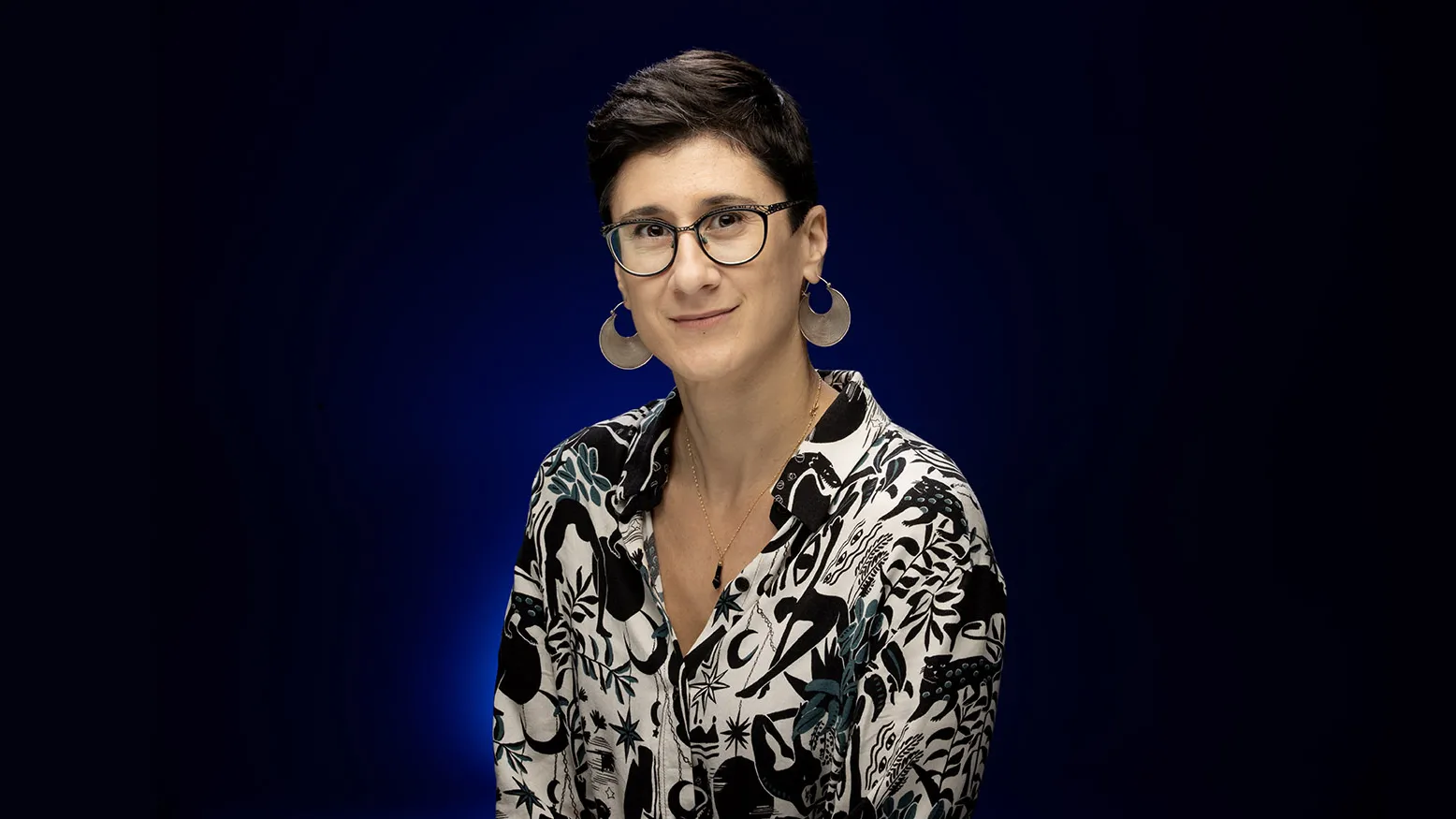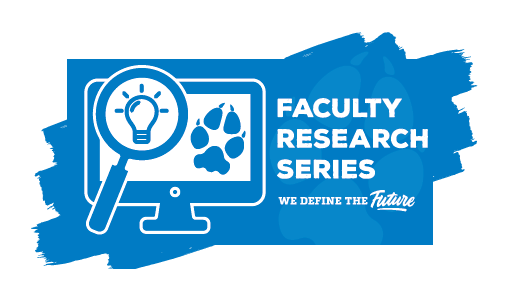Joe Gutierrez | Office of Strategic Communication | (909) 537-3007 | joeg@csusb.edu


Editor’s note: This part of an intermittent series of profiles of faculty and their research by Montgomery Van Wart, a professor of public administration and a CSUSB Faculty Research Fellow in Faculty Affairs and Development. In this article, he features Lúa López, an assistant professor in the Department of Biology and her use of mixed method research.
By Montgomery Van Wart
The building blocks of much science is the careful analysis of highly specified and controlled independent and mediating factors on as few dependent factors as possible.
How much do independent factors ‘A’ and ‘B’ and ‘C’ affect’ X’ with the mediating or moderating effects of ‘E’?
A single method is often utilized in such studies. Yet much of what we really want to understand are the relationships among clusters of dependent factors so the use of a single research method is often insufficient to provide a more multidimensional study.
Mixed method research is more powerful, but also more complex and demanding, especially in the natural sciences. Lúa López, Ph.D., an assistant professor in the CSUSB Department of Biology, is up to the challenge.
 The situation she is investigating is rapid environmental response in plants in light of climate change. We all know that evolution by natural selection is the prevalence across generations of the best adapted genetic mutations.
The situation she is investigating is rapid environmental response in plants in light of climate change. We all know that evolution by natural selection is the prevalence across generations of the best adapted genetic mutations.
And we have come to learn that genetic evolution can be extraordinarily swift in some microscopic species, such as the novel variants in the Coronavirus family. But we are less aware of natural selection in plants, especially as plants in the wild are forced to respond to environmental changes because they cannot migrate as animals do.
As it turns out, while Charles Darwin’s observation about the importance of natural selection was largely correct (the evolutionary mechanisms), the Lamarckian notion of adaption occurring from the environment during an organism’s life span can also occur (the ecological mechanisms).
Changes — albeit less stable — can be inherited by a natural process of turning on certain genes and turning off others to cope with the environment (called phenotypic evolution as opposed to genetic evolution).
Furthermore, the naturally occurring gene pool may already have sufficient genetic diversity (aka existing lineages) to allow selection of existing plant characteristics under a new, rapid environmental change. It is even possible that phenotypic evolution gives organisms time to use their current gene pool for temporary acclimatation while more long-term and stable genetic evolution can replace phenotypic evolution.
López’s hypothesis is that ecological (or phenotypic) mechanisms, along with previously existing genetic variants, play a larger role in adaptation than previously thought.
To test her hypothesis, she is studying a common weed in the mustard family called mouse ear cress (Arabidopsis thaliana). An obvious first method is to collect contemporary samples from around the world to see how the target plant has migrated to higher altitudes to adapt to climate change. However, this gives a fairly two-dimensional or limited snapshot of data.
To get a more three-dimensional perspective, López is part of a new scientific community that is using existing examples of plants that have been stored by botanists that are up to 150 years old.
As a “model” plant, there are samples of mouse cress ear in herbaria collections around the world from which to examine both genetic and phenotypic characteristics. López can get access to these materials because she is the curator of the biology department’s 50-year-old herbarium and the CSUSB Herbarium is a participant in the Consortium of California Herbaria, which is in turn linked to herbaria around the world.
So, in addition to the traditional genetic and phenotypic analysis of current plant materials (method one), she will be doing historical genetic and phenotypic analysis using enhanced techniques.
Enhanced techniques are critical in historical analysis because, over time, the amount of genetic material in herbaria samples has diminished in quantity, and the genetic chain gets broken into small fragments that in the ends accumulate sequence errors.
Yet by using protocols specifically designed for damaged historical samples, we can concentrate the amount of genetic material. Moreover, with a set of precautions to not contaminate the sample, like wearing a hazmat suit and the adequate PPE, we can avoid the risk of contaminating the sample with genetic material from other sources (e.g., genetic material from the researcher).
Finally, López will use a set of bioinformatic tools that she has specifically designed to account for the errors accumulated in the historical samples to unravel genetic patterns and link those to phenotypic changes that might be mediating the plants response to climate change, and possibly aiding in their adaptation.
Assisting with López is professor Beth Shapiro, D.Phil., at UC Santa Cruz and associate professor Jesse Lasky, Ph.D., at Pennsylvania State University, who have the necessary dedicated ancient DNA clean room and modified equipment. This research will be supported by the National Science Foundation – Building Research Capacity program, with more than $500,000 for the next three years, which started January 2023.
Even more exciting for the CSUSB community is her program of science education run through the CSUSB Herbarium, which will include an outreach program to learn about the Inland Empire plant biodiversity and the link between plants and culture.
Such programs will engage the campus community and their families as well as the K-12 Inland Empire.
While the collection, analysis, and publication of data requires certain methods, educational dissemination requires entirely different methods — and determination. Those methods include tailored activities for k-12, on-campus seminars for a wide audience and field trips to learn to identify local plants and collect samples to leave testimony of our current plant diversity in the CSUSB Herbarium.
Accounting for CSUSB and the Inland Empire large Latinx community, many activities are offered both in English and Spanish to facilitate a larger participation.
Not only does López “mix” different approaches to add richness to the scientific endeavor, she also will be using a mix of educational approaches to disseminate the information and involve the community. There is no doubt that López is a master par excellence of mixed methods.